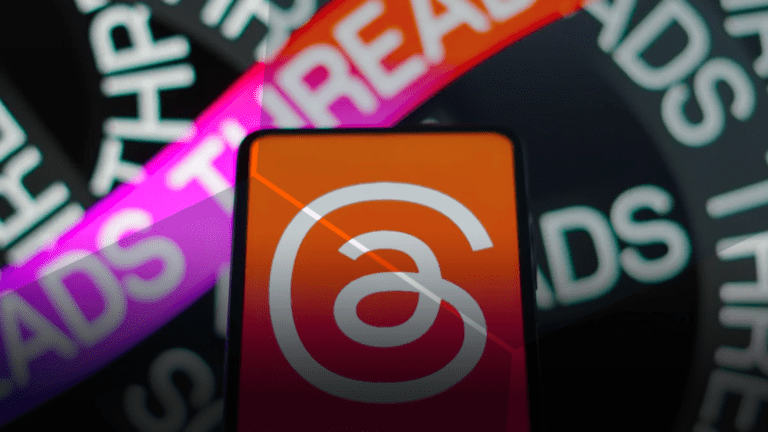
Rebecca Holloway
Senior Social Media Strategist
Rebecca is an award winning Senior Social Media Strategist who specialises in paid social media campaigns.
Emoji. They’re everywhere you look, littered, you might say, throughout communication on every platform, but just how did this happen, and why do we love them so much?
Whether you use them or not, you can’t escape emoji, they’ve well and truly become the norm when messaging others especially among younger audiences – ever since the emoji keyboard was introduced to iPhones in iOS 5, in 2011.
Before we get down into the nitty gritty of why we love emoji, let’s discuss what an emoji actually is. Emoji are a set of predefined pictographs to be used within messages to portray meaning and emotion, weather, food, happy, sad etc. The origin of ‘emoji’ comes from the Japanese translation of ‘picture word’’. More on that later!
An emoticon, on the other hand, is an expression (if you want to be technical it’s a ‘metacommunicative pictorial representation of a facial expression’ too many words…) made up of punctuation marks, dots, dashes, brackets, you name it there will be an emoticon somewhere containing that character. Like emoji, emoticons are written within messages to express an emotion to the recipient. Emoticons came first, and are still widely used today 🙂
Back in the days before all things emoticon & emoji, there was no way to express emotions through text except by using those old fashioned things called words. I know, shocking isn’t it, people actually wrote down how they felt. This all changed in September 1982, when Professor Scott Fahlman of Carnegie Mellon University in Pittsburgh, wanted to make a joke. He wrote the very first smiley face, technically the first emoticon, to ensure that people reading the messages on the university bulletin board understood what was a joke, and what was not.
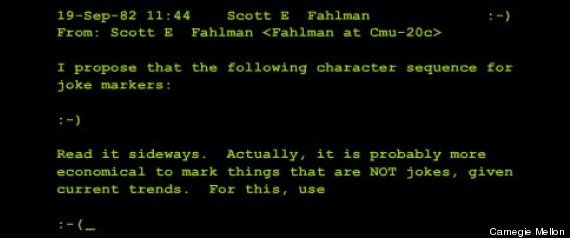
However, some say that Professor Fahlman was not in fact the creator of emoticons, and claim that Abraham Lincoln actually started it all, when a copy of his speech in 1862 contained the winky face. Could this be a typo, or was it the birth of the emoji? I guess we’ll never know…
Once emoticons became an established form of showing how you were feeling about life, it was time for the emoji to come along. Back in 1999, Japanese mobile users were using picture messages more and more to communicate with.
As the years went on, it became apparent that there were problems with sending emoji between different mobile networks, as each one had a different set and used their own text encoding extension. This meant that characters couldn’t always be sent between different phones, and the emoji would get corrupted. If only there had been a set standard for emoji across all phones ay?
Google (as they always do) took it upon themselves to start converting the Japanese emoji into the Unicode format in 2006. Despite Google’s best efforts, there were still lots of problems encountered along the way, prompting a series of proposals to be brought to the Unicode subcommittee.
This was the beginning of emoji becoming a standardized character-based language, controlled by the Unicode Consortium, much unlike emoticons, which “can still develop as new phrases and words and embed themselves in our language.” – Hubspot.
The standardisation brought in by the Unicode Consortium helps ensure that all emoji can be seen across different devices and browsers, and allows people to communicate the way they want to, hopefully eradicating the problem of emoji not showing up correctly during conversations.
Despite the fact that there is now an ever expanding standard set of emoji, that doesn’t mean that there aren’t sometimes problems when communication across devices. Take an iPhone and an Android phone, and imagine two people texting between the devices. They’re both going to see the same letters, but in a different font. Well, this is the same with emoji, across platforms you’re going to see the same emoji type, but it will look different, iPhones and Androids have a different font, which most of the time portrays the same meaning.
There are some instances where this doesn’t quite work out though, an interesting article I came across whilst researching everything emoji, was that by texting someone a yellow heart from an iPhone, will show up as a hairy heart on Android devices. Perhaps not what you wanted your recipient to receive!
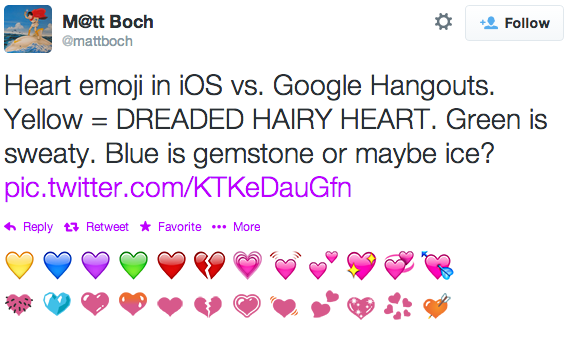
A recent addition to the emoji keyboard has been diversity. Before this update, all human emoji were a generic, non realistic skin tone, bright yellow, much like The Simpson characters.
When reading Unicode’s report on the latest changes to emoji, they almost seem to do a U-turn in how they present these little emoji characters. If you read the design guidelines, Unicode states that “General-purpose emoji for people and body parts should also not be given overly specific images: the general recommendation is to be as neutral as possible regarding race, ethnicity, and gender.”
Unicode states that ‘People all over the world want to have emoji that reflect more human diversity, especially for skin tone’, which is why they’ve incorporated the Fitzpatrick scale, ‘a recognized standard for dermatology’.

Because, they add an additional tone to your messages, and communicate emotion rapidly, and let’s face it, they make everything a bit more fun. In today’s society, you only have to look around to see that everyone is glued to a device, whether it be a phone, tablet or laptop and if that process is increasingly more fun and instantly understandable through the use of emoji, then bring it on!
Emojis allow everyone to get involved, imagine you’re on twitter having a conversation, and you’ve got limited characters and want to convey sarcasm. How are you going to get that across and ensure the other person will take it the right way? Insert an emoji. You’ve added the appropriate emotion and they aren’t going to be upset with you after making that risky joke, which could have oh so easily have gone wrong.
We did a little experiment in the office and had a look at some of our most recently used emoji. What’s amazing when you stop and look at what you’ve been using, is just how much you can start to pick apart everyone’s emoji habits, and elements of their personality. I noticed there were quite a lot of food emoji in my recently used list, what does that say about me? (I love food, food is my fave). And Jason, our senior designer, noticed that nearly all of his recent emoji were human emotions. Take a look at yours, do the emoji indicate your passions within?

With emoji now well and truly part of your keyboard, it’s not going to disappear (did you even notice any emoji disappearing in the recent update?) if anything, the variety will just keep increasing. There’s already a list of potential emoji to be released in 2016 by Unicode, including a lot more emotions and human responses, there’s even a selfie emoji in the works!
There’s also the talk of emoji being used as an alternative to passwords and pincodes, since the number of different combinations available with emoji is much greater that using just the number 0-9. Would you use emoji to secure your accounts? Would you be able to remember which you’d chosen.
When I started researching for this article, I honestly didn’t expect there to be quite so much of a history behind them, and it’s really made me want to delve further and become a bit of an emoji geek. After reading this, you might want to too, and I would suggest you begin by reading this very amusing article about the history of the poop emoji. Yes, really. Read it.

Senior Social Media Strategist
Rebecca is an award winning Senior Social Media Strategist who specialises in paid social media campaigns.
View my other articles and opinion pieces below
When it comes to B2B social media marketing, few platforms are more misunderstood than TikTok. These misconceptions can lead to one of the most exciting platforms in social media marketing being written off by B2Bs – and huge opportunities missed. If you don’t take TikTok seriously enough, you will miss out to the businesses that […]
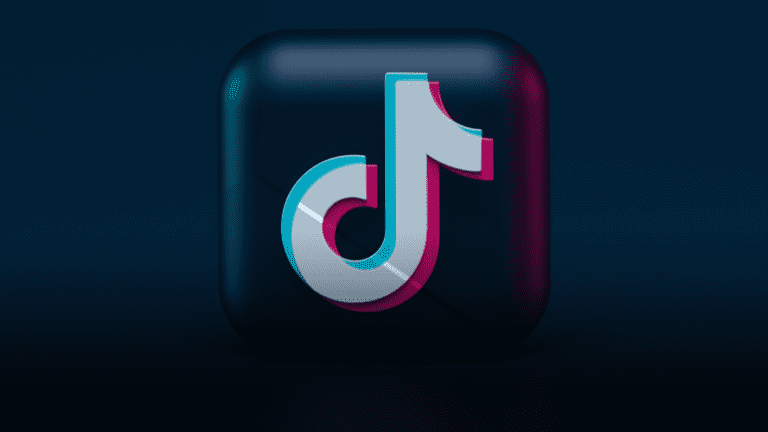
What’s the point? I think about that question all the time. No, I’m not having an existential crisis. I think about it because it’s the first question on the minds of many of our clients and prospects when considering their social media marketing activity. Why is social media important for businesses? What’s the value of […]

Uncertainty. There are few words more toxic in the world of business. And if there’s any business that’s been plagued by uncertainty, it’s Twitter. If you have paid Twitter Ads as part of your business-to-business marketing strategy, you’ll no doubt have felt more than your share of uncertainty over the last year. That ends now. […]
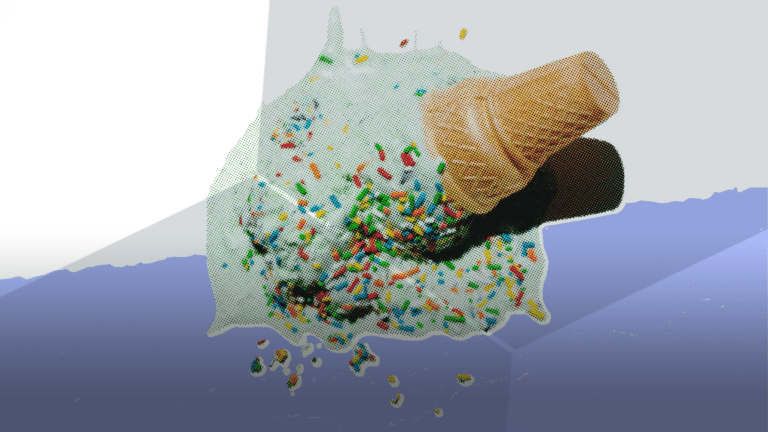
Everyone is talking about Threads. After months of chaos and rule changes on Twitter, Meta’s new platform is promising the repackaged return of Twitter’s golden years. Have a Twitter B2B marketing campaign sitting on the shelf that you haven’t had the chance to launch? This is a perfect opportunity to use it on Threads instead, […]
